Students from Eindhoven University of Technology in the Netherlands recently shocked the world by creating the first fully functioning solar-powered vehicle and drove it 620 miles.
Students constructed the off-road vehicle themselves and claimed the technology is ten years ahead of anything similar on the market.
Students Shock the World
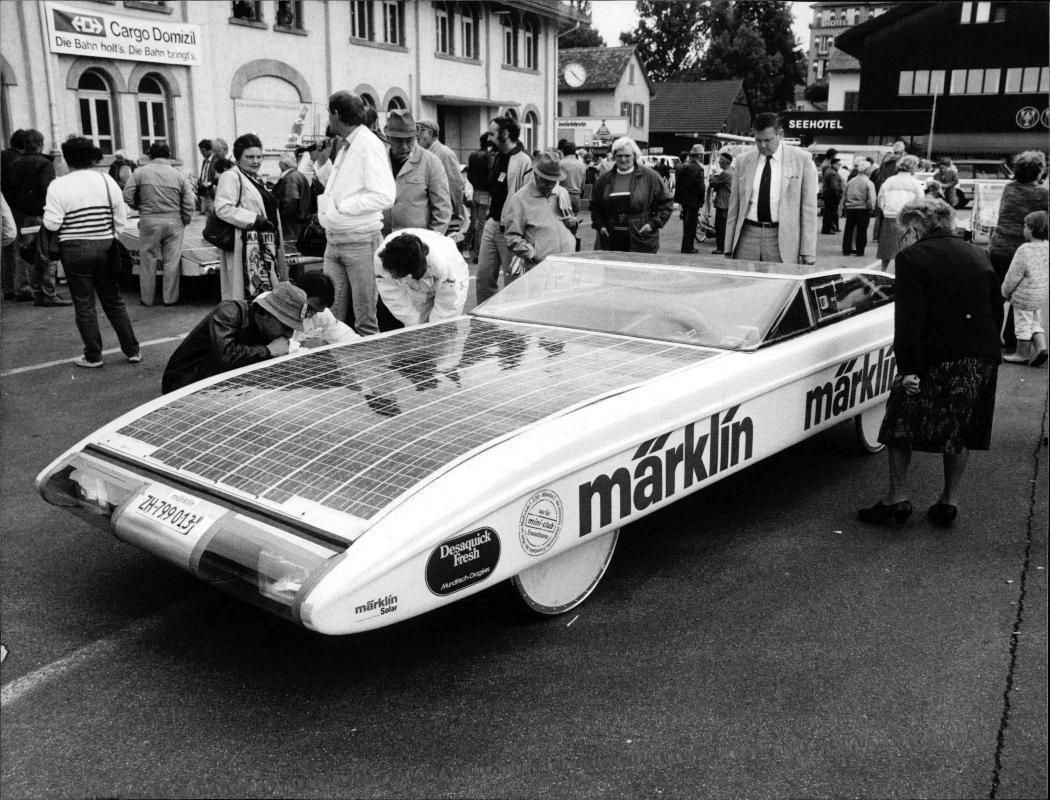
Car manufacturing companies around the world are constantly looking for the next big thing when it comes to driving long distances using clean energy.
One group of students from Eindhoven University of Technology (TU/e) is being hailed as innovators after their recent success with a solar-powered vehicle.
No Supercharger Needed
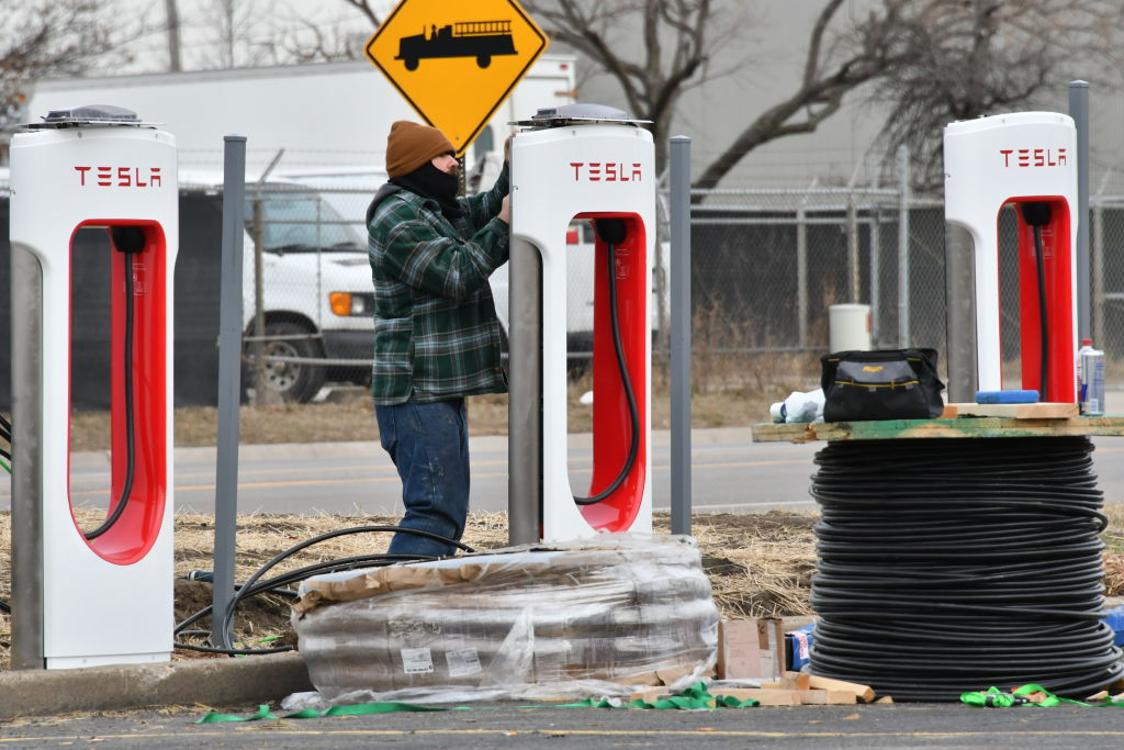
The students weren’t too worried about finding their nearest charging station after successfully creating a solar-powered prototype vehicle.
During the vehicle’s test run, the students managed to complete a 620-mile trek without stopping to recharge.
The Stella Terra, First of its Kind

Named the Stella Terra, the off-road vehicle drove from the Northern tip of Morocco right across the Sahara desert on one charge.
If that’s not impressive enough, the off-road vehicle was able to withstand the harsh terrain made up of loose sand, narrow mountain trails, forests, and dry river beds.
An Incredible Trip Ends on a Positive Note

The vehicle was the product of over 20-plus Eindhoven University students who came together to construct it.
Speaking about the experience, Wisse Bos, the team manager of the students, said, “It was an incredible trip with a positive ending.”
Efficiency Was Hard to Predict
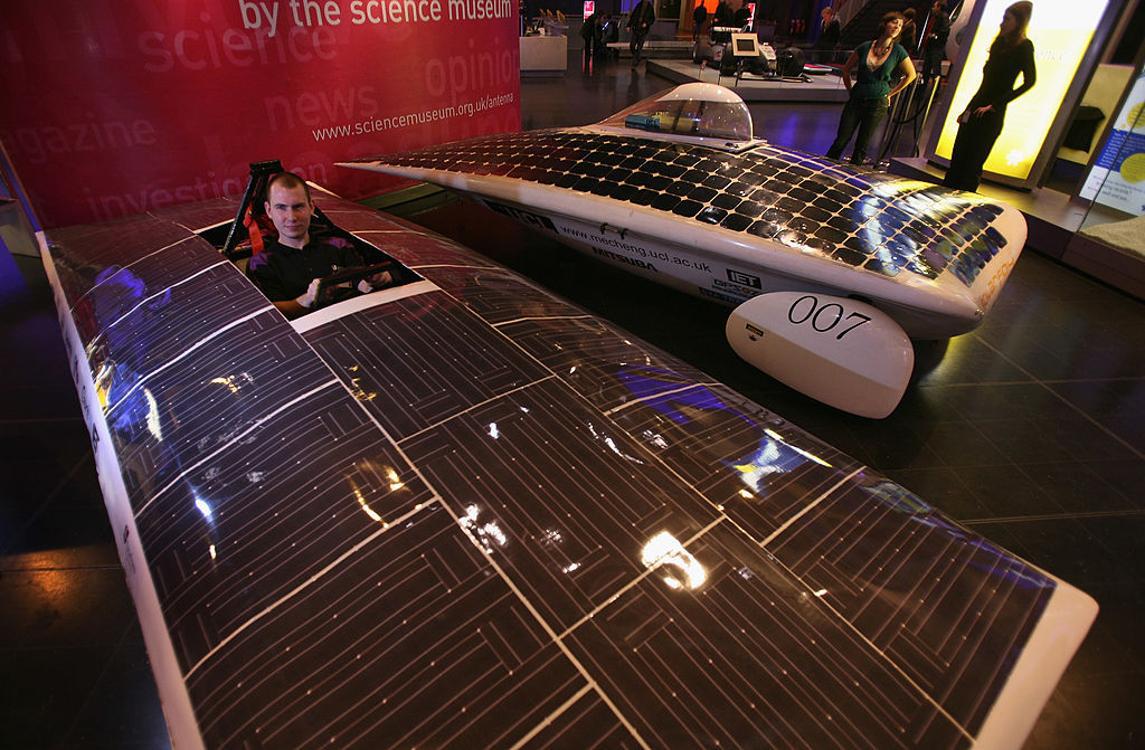
Heading into the vehicle’s maiden voyage, due to various factors many of the students were unsure just how the experiment would turn out.
“Stella Terra’s efficiency was hard to predict. That’s why we weren’t sure we would make it on solar power,” said Bos.
Passing Expectations With Flying Colors
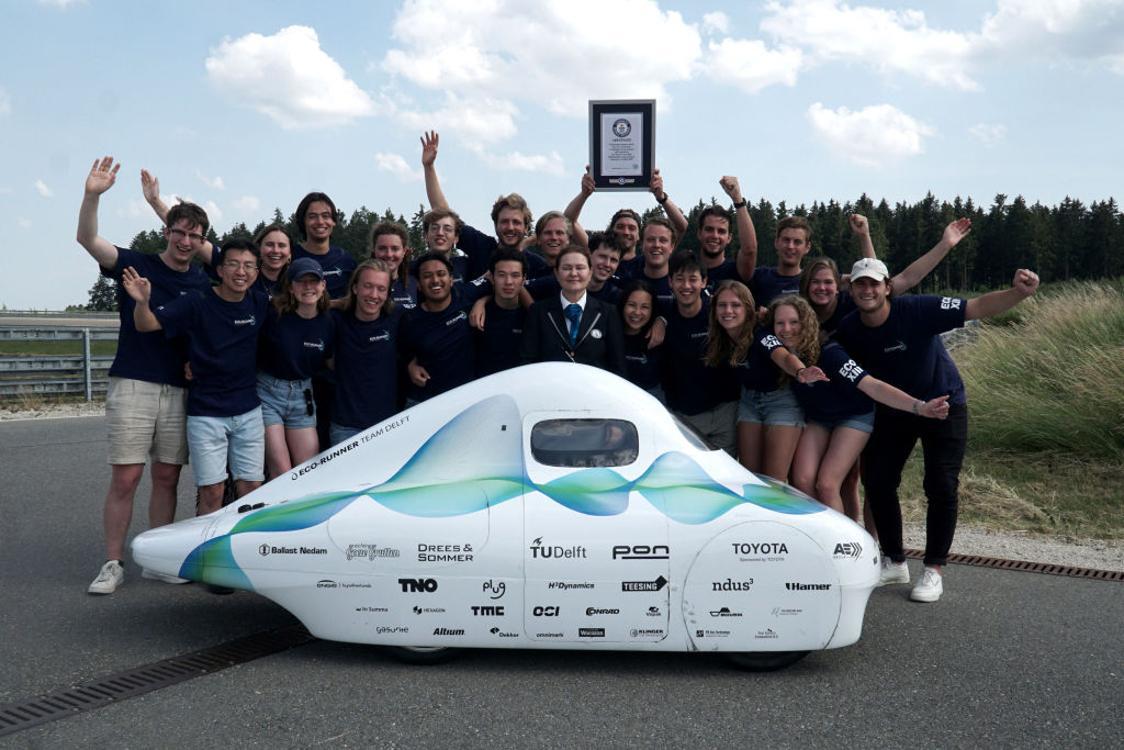
However, Stella Terra greatly exceeded expectations.
According to the team’s data, its solar-powered car used 30% less energy than expected. This enabled the vehicle to accomplish its 620-mile journey using only the sun’s energy it converted through its solar panels.
Experts Weigh in With Opinions
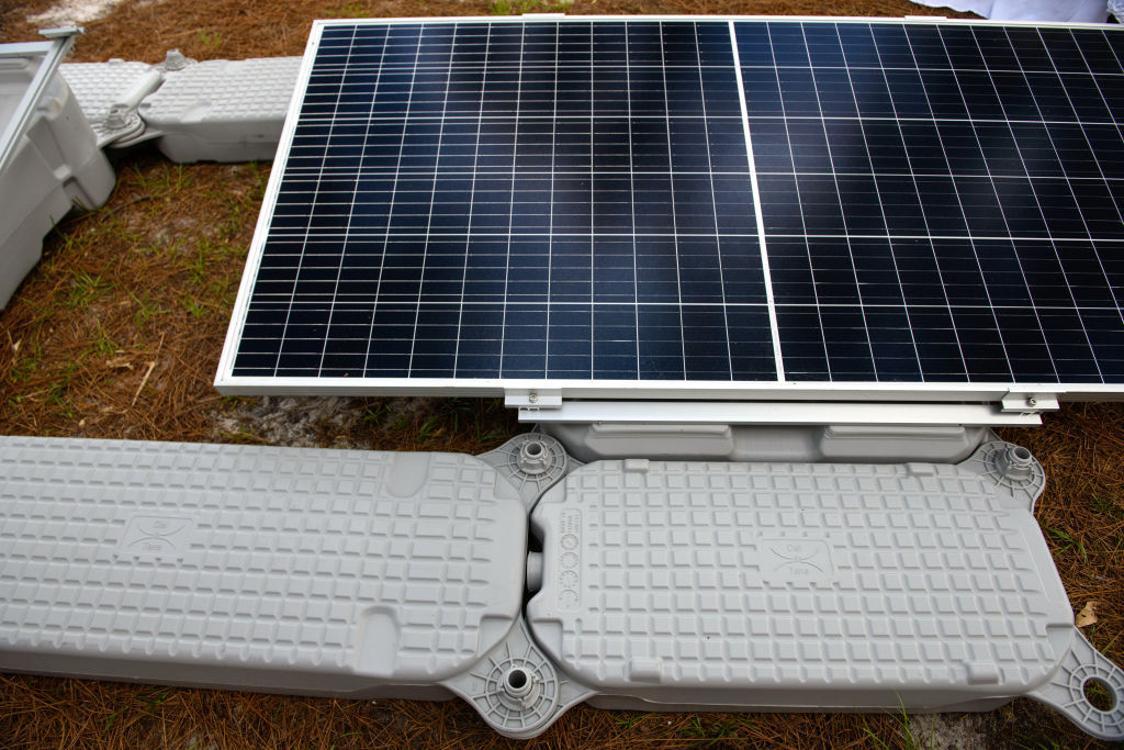
Maarten Steinbuch, mobility expert and TU/e professor spoke about the student’s achievements in an interview.
“It is already difficult in normal conditions to build an energy-efficient car that can handle rough conditions, let alone to integrate solar panels into the car as well,” said Steinbuch.
Much More Than Just a Stock Vehicle
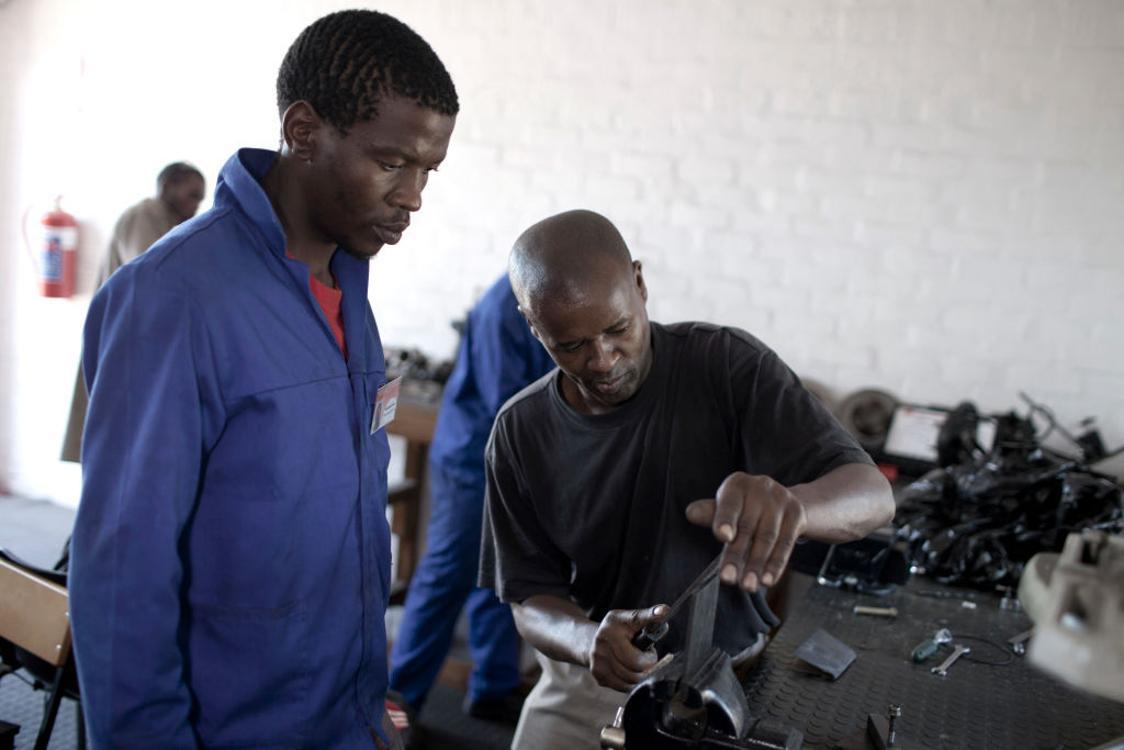
The solar cruiser isn’t just a stock vehicle with additions. “We had to design almost everything for Stella Terra ourselves,” Bos says, “from the suspension to the inverters for the solar panels.”
In addition, the vehicle is entirely road-legal and has a top speed of around 90 miles per hour.
Ten Years Ahead of Its Time
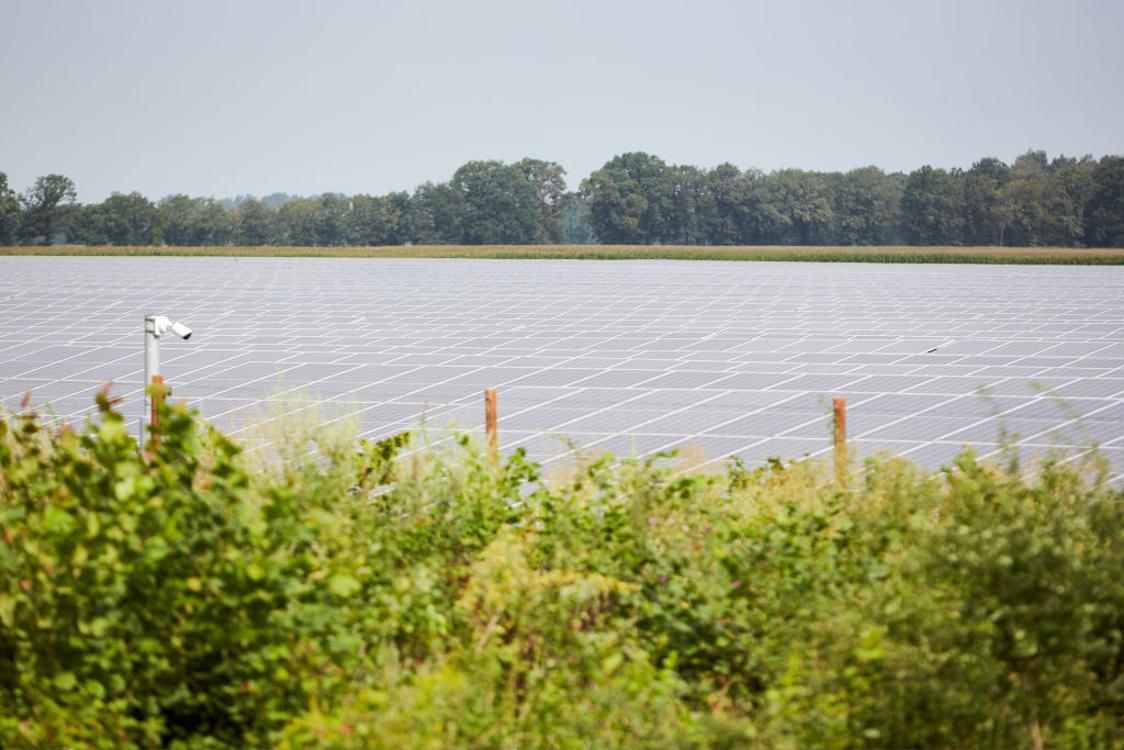
The team believes the vehicle they accomplished building is far ahead of its time.
They claim that the technology to strip out the weight and ensure that the vehicle is comfortable on different terrains is five to ten years ahead of the current market.
Pushing the Sustainable Energy Envelope
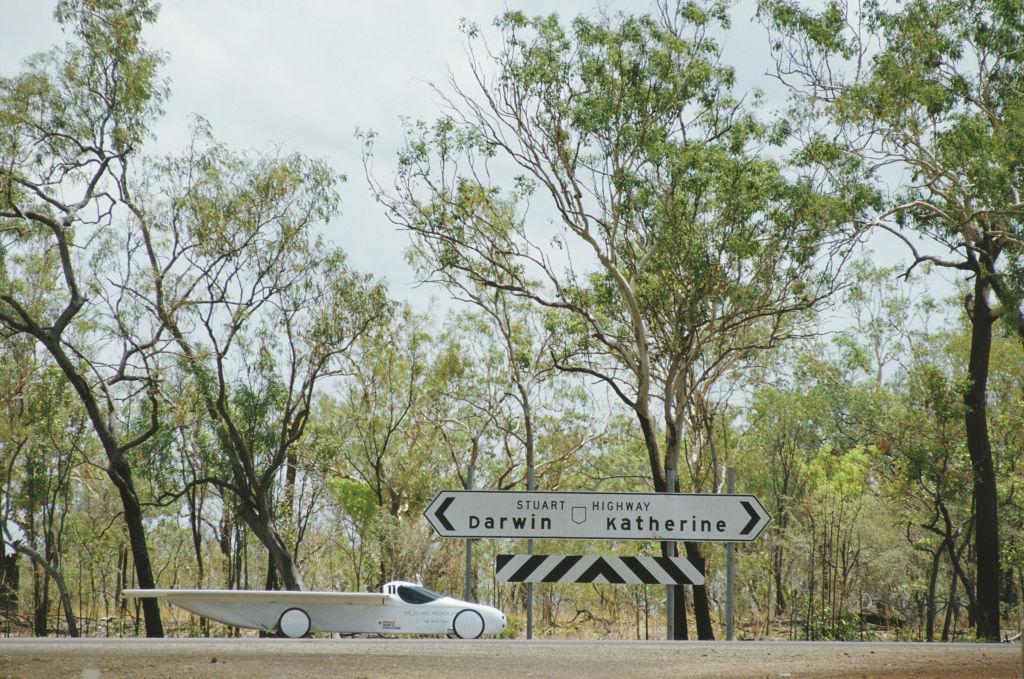
According to Bos, the students and team “are pushing the boundaries of technology.”
He continued, “With Stella Terra, we want to demonstrate that the transition to a sustainable future offers reasons for optimism and encourages individuals and companies to accelerate the energy transition.”
Not the Team’s First Rodeo
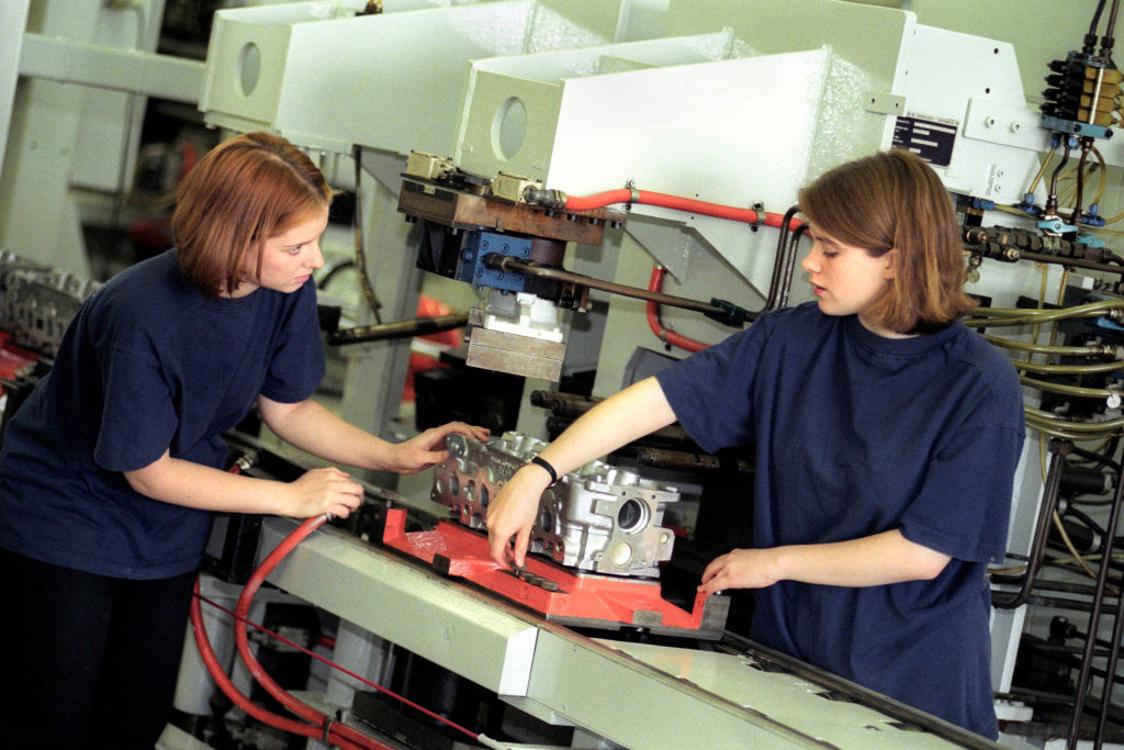
The team based in the Netherlands is a pioneer in the field of solar-powered vehicles. They have even built such vehicles in the past and won the World Solar Challenge in Australia four times.
“I expect that in five to 10 years, electric cars will be part of our entire energy grid system,” Steinbuch says.
